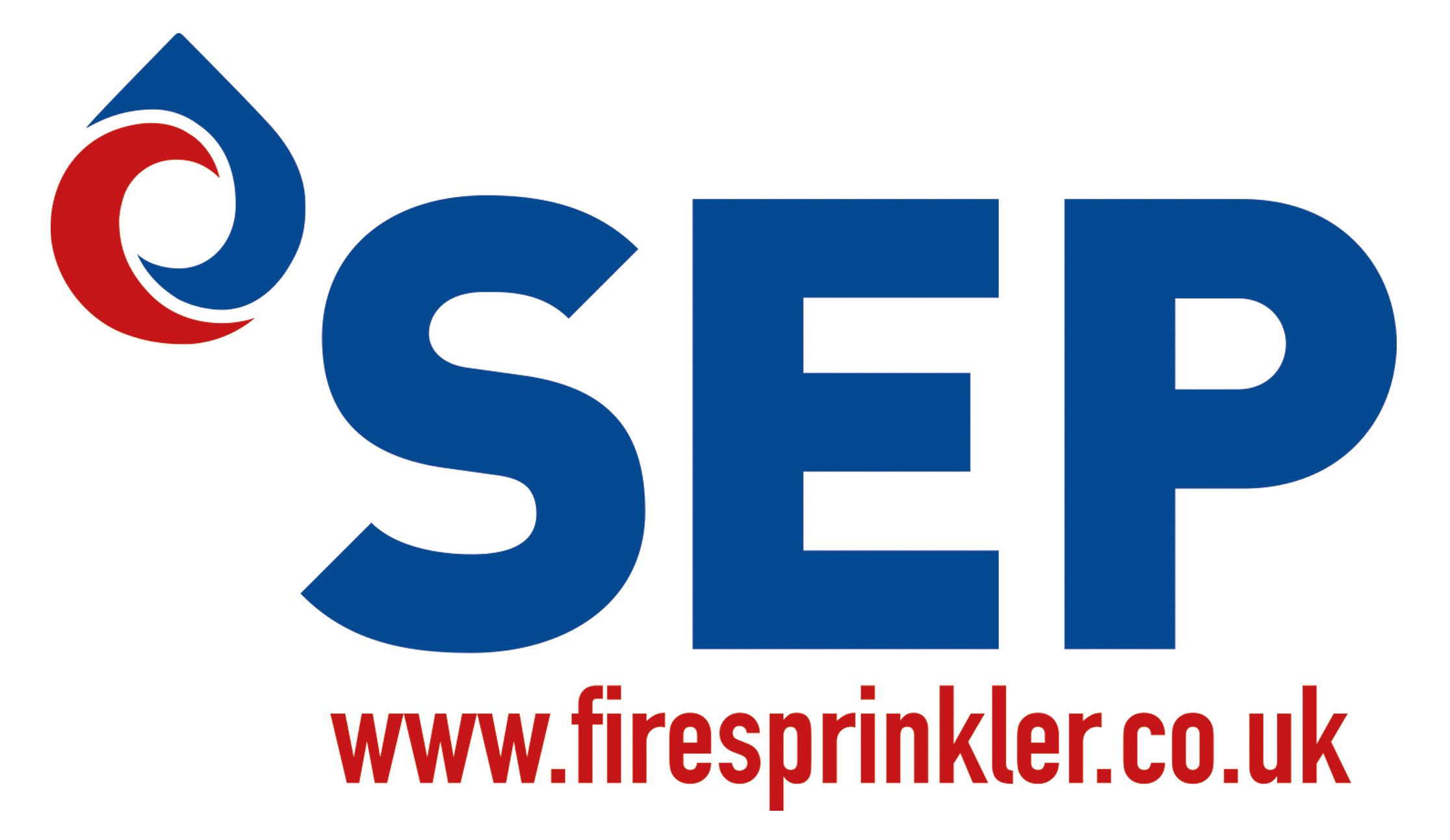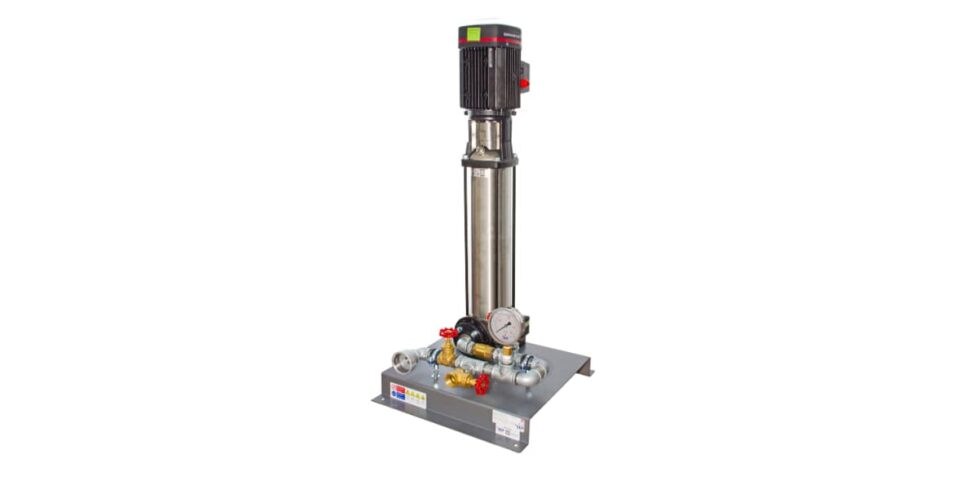A Dry Riser system is an assembly of pipework and valves which runs vertically through a building to allow the fire service to easily connect a water supply to each floor without having to run hoses through the building. The Riser will have a breaching inlet at the bottom, accessible from outside the building, for the fire service to connect their supply. An air vent at the top of the riser allows air to escape as water is fed into the system, and a landing valve on each floor allows the fire service to connect a single smaller hose close to the fire. They are ‘dry’ because under normal circumstances the pipework is empty, and only filled with water when required.
They are required in buildings over 18 metres high or more than 10 metres underground and are therefore very common, especially in city centres. Therefore, as an essential part of any firefighting system, they are subject to stringent design, installation, testing and maintenance regimes, namely BS9990. This standard recommends a visual inspection every 6 months (checking for signs of damage and vandalism), and there is a legal requirement to test annually.
The annual BS9990 involves filling the system with water and pressurising to 12 bar for 15 minutes (Irish Standard 391:2020 requires 15 bar for 15 minutes); obviously if there is a bad leak this may be a problem for the building, so very often such tests are preceded by an air test which will highlight any bad leaks without causing a flood. At the same time, all valves, seals, cabinets and signage are checked for integrity and compliance.
The water pressure test has historically, and is often now, carried out using heavy and noisy wet-fuel engine pumps such as Godiva – however at SEP, we are supplying more and more of our vehicle-mounted, almost silent, electric Dry Riser Test Pumps pre-mounted on a bolt-down steel skid, and inclusive of electrical and pressure controls with a calibrated pressure gauge.
We offer two pump options – a standard 1.1kw/13.5 bar unit for most UK applications, plus a more powerful 1.5kw/18 bar unit for Irish and more demanding applications. Power supply can come from a range of options – a vehicle inverter, leisure batteries, the building being tested or a small generator.
Ultimately, the SEP ‘DRTP’ gives you a cleaner, almost silent and overall quicker and easier dry riser testing experience – this is based on customer feedback, not just wild claims. So email us now to ask what we can offer…

